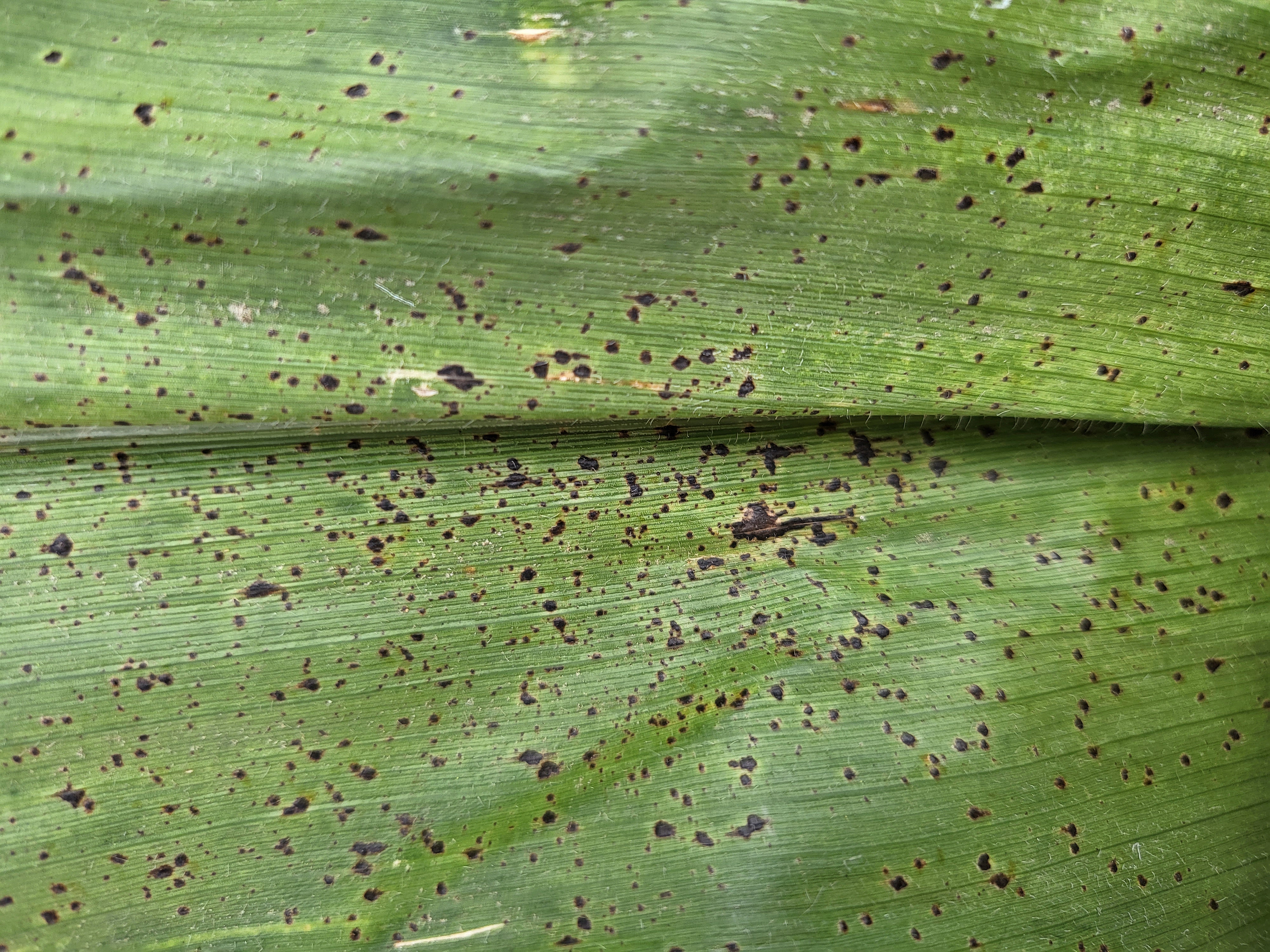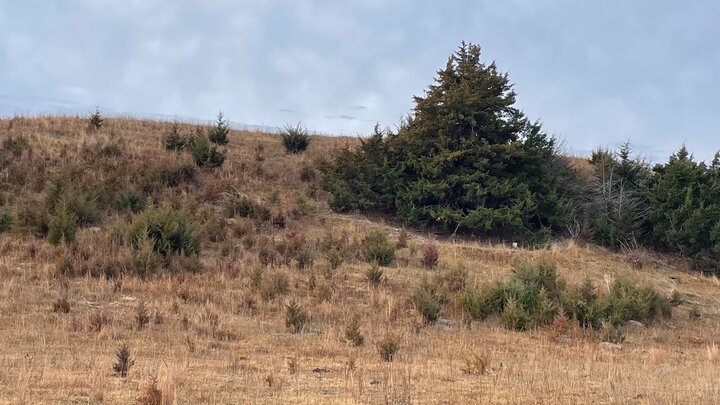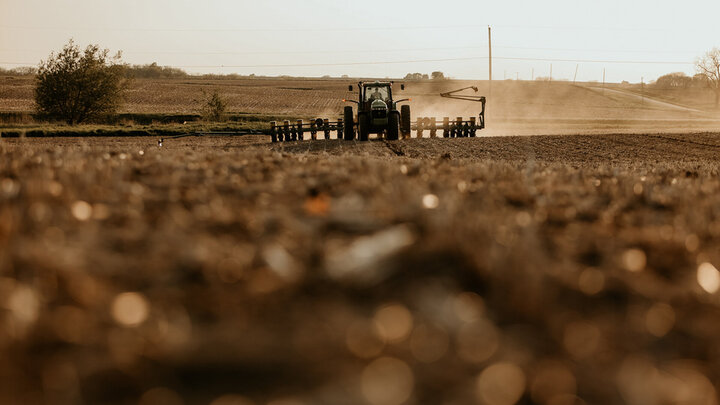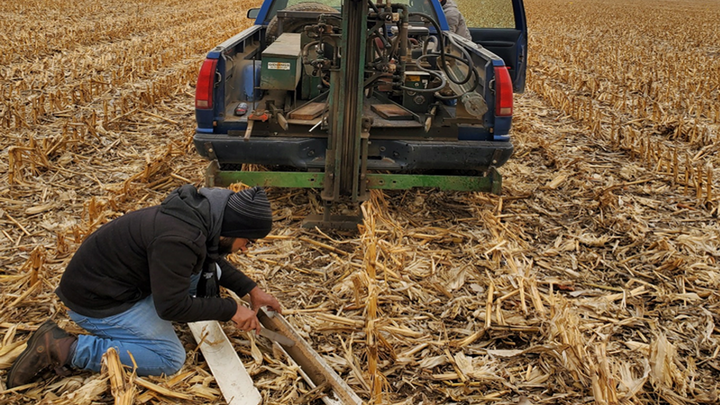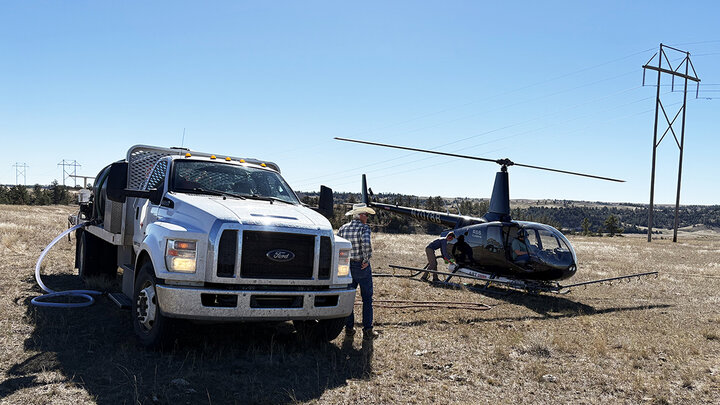By Adam Sparks
Pathogen
Fusarium stalk rot of corn, the most common corn stalk rot in Nebraska, is caused by several species, Fusarium verticilliodes e J. Sheld. (sexual stage: G. moniliformis Sawada) Ito in Ito & Kimura, formerly Fusarium moniliforme, F. proliferatum (T. Matsushima) Nirenberg (sexual stage: G. proliferatum), F. subglutinans (sexual stage: G. subglutinans). The pathogens are seed borne with up to 75% of all seed planted being infected with F. verticilliodes. The importance of seed infection to subsequent development of root rot and stalk rot is not clear. The pathogen also overwinters as mycelium in debris on or in the soil, where it can infect the plant directly through the roots causing root rot and lower stalk rot.
Two types of conidia are produced, macroconidia and microconidia, that can be splash dispersed onto leaves and washed down the leaf into the sheath and infect at the nodes. European corn borer has been shown to be an important vector moving F. verticilliodes from plant to plant (adult stage) and creating wounds necessary to allow the fungus to enter the plant (laval stage). Fusarium root and stalk rots typically occur in complexes with other root and stalk rots such as Gibberella, Diplodia, and Colletotrichum.
Disease Symptoms
The leaves turn from a healthy green color to a dull green and the lower stalk becomes yellowed. Premature plant death may occur and lodging due to disintegration of the internal stalk pith tissue; when squeezed between the thumb and index finger at the lower nodes,the stalk often collapses. Mycelium is often seen at the nodes. When split open the stalks may reveal a pink discoloration often confused with the red color of Gibberella stalk rot.
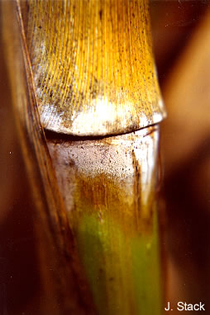
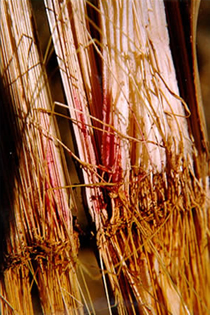
Favorable Environmental Conditions
Dry conditions early in the growing season followed by above average rainfall mid-season. Temperatures ranging from 80° to 100° F.
Management
Genetic Resistance
There are no hybrids in Nebraska resistant to stalk rot, many hybrids are tolerant to other stresses that may predispose plants to stalk rot.
Chemical/Biological Control
There are no fungicides currently labeled for use in Nebraska specifically for managing Fusarium stalk rot. However, fungicide applications may be beneficial in lessening stalk rot severity if leaf diseases reach economic threshold levels due to the stress they place on the plant.
Plant Density
Plant populations should not exceed 28,000 to 32,000 plants per acre in fields known to have a history of stalk rot. Minimize stress on plants: Common stresses that lead to stalk rot include; high nitrogen, low potassium fertility, high moisture in the mid to late season after a dry early season, moisture stress early in the season and during grain fill, high leaf disease incidence. Physical damage that creates wounds allowing the pathogen to enter such as insect damage or hail storms may also predispose corn plants to stalk rot.
